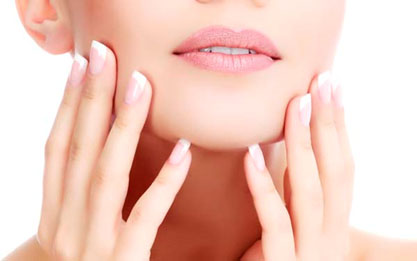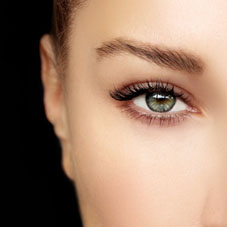The " blanching technique " for filling the fine lines
The blanching technique is the ideal injection to fill fine lines and surface wrinkles. Over time, the aggression of UV rays, our diet and the greater mobility of certain areas of the face, appear the first fine lines. The areas affected first are mainly crow's feet and upper lip with the famous barcode.

Botox quite easily prevents crow's feet wrinkles, but applied to the upper lip, it may appear less mobile, elongated or even frozen. The so-called crosslinked traditional hyaluronic acids increase the volume of the treated area and are a poor indication of the treatment of fine lines of the upper lip.
The blanching technique is the most suitable technique for filling fine lines and surface wrinkles with a natural result without increasing volume.
It is a tissue induction technique.
The hyaluronic acid that fills the fine lines will gradually induce the secretion of new collagen. It is this natural replacement phenomenon that makes a long lasting result.

The Blanching technique uses an extremely fluid hyaluronic acid that the body evacuates very quickly and naturally. It is injected in an ultra-superficial manner resulting in the formation of small white papules at the level of the wrinkle (hence the name of the technique), which disappear in 1 to 2 hours. It is the formation of this papule on at least 5 mm in diameter which allows very durable results to be obtained. The non-crosslinked hyaluronic acid is quickly absorbed, giving way to the natural production of collagen induced by this injection. The fine line is therefore naturally filled for several months, up to a year.
The goal is to slow the aging of the face.
The earlier the lines are treated, the more skin breakage that causes deep wrinkles is prevented.
The treated areas are:

- Perioral fine lines
- Crow's feet fine lines
- Lion lines
- Fine lines on the cheeks
- Fine lines on the forehead
- Fine lines on the neck…
It is a painless technique but for greater comfort in treatment, some patients apply an anesthetic cream, like Emla, one hour before to the treated area.

